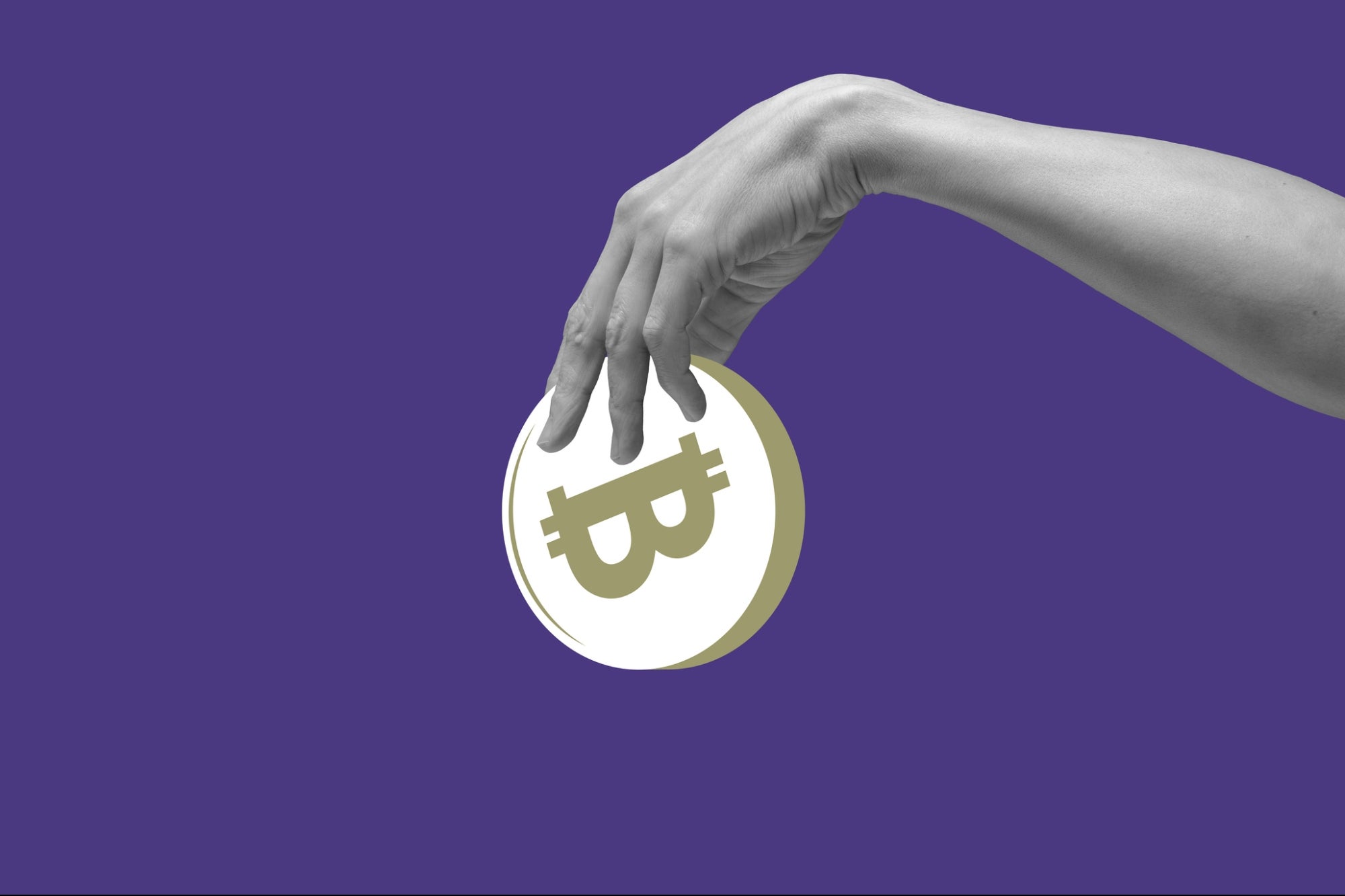
Opinions expressed by Entrepreneur contributors are their own.
OpenAI launched ChatGPT in November 2022 while the crypto and blockchain industry was neck-deep in scandals, defaults, hacks and plummeting prices — an industry in crisis, to say the least. You can picture this period as a high-tech version of “A Tale of Two Cities,” with one industry in turmoil and another in an era of unprecedented prosperity.
As we all know, ChatGPT would go on to represent the rapid advancements in generative AI and natural language processing, shocking the world with its ability to quickly output data and help users with a wide range of tasks. Accumulating a record 57 million active users in its first month, ChatGPT has disrupted entire industries and set off a Big Tech AI arms race.
Amid peak levels of intrigue and hype surrounding AI developments, blockchain and crypto were embroiled in a debilitating bear market and overshadowed by another hot, new technology.
Bitcoin has achieved a new all-time high price, surpassing $70,000. At the same time, most of all, other cryptocurrencies trend upward; the confidence of an imminent bull market has never been higher. With the industry ready for another bull market, many on the outside are wondering whether it has matured enough to become more mainstream or whether projects failed to learn their lessons from the previous market downturn.
Related: Infographic: Bitcoin Soars Higher, M-cap Crosses USD1 Trillion
DeFi’s beefed-up supporting role
Developments over the past year point to a revamped crypto and blockchain space focused on real products, services and infrastructure — and less on gimmicky, hype-infused projects that provide little to no value.
Decentralized finance (DeFi), which leverages blockchain technology to provide financial services free from intermediaries, demonstrates this new maturation and has since become a low-key backbone of the industry’s rebound.
DeFi’s evolution from a niche space for borrowing and lending or simply addressing Ethereum’s operational issues is reflected in its improved solutions, enhanced scalability, extended interoperability and increased sustainability. With more mature exchanges, sustainable liquidity mining and yield options and more robust smart contract auditing and regulatory compliance, retail investors and institutions are increasingly intrigued by DeFi’s capabilities.
As DeFi builds a more stable and sustainable foundation for the industry, a greater focus on infrastructure projects like Kima, which provides tools and interfaces to link DeFi with traditional bank accounts and credit cards, has underpinned these advancements. Privacy and security features like Chainlink’s decentralized node network minimize smart contract vulnerabilities by verifying on-chain data, enabling smooth cross-chain communications and collaborating with SWIFT.
Massive institutions have also been taking stock of these improvements, as demonstrated by a recent pilot program by the Canton Network. In it, a few dozen institutions, including Goldman Sachs, BNY Mellon and Cboe, simulated numerous transactions across 22 blockchains.
Related: Bitcoin Is Halving Soon — Will It Cause the New Bull Run?
Crypto’s periphery
Aside from boosting credibility, DeFi infrastructure advancements have enabled more liquidity and easier access for a broader range of users, allowing funds to spread across the Web3 space. This goodwill had revitalized segments of the industry that emerged and thrived during the previous bull runs but became poster children for what went wrong with crypto when it crashed: Blockchain gaming, NFTs (non-fungible tokens) and meme coins.
Blockchain gaming was a big deal for a brief period. But word quickly spread that these weren’t really games but rather a time-consuming, convoluted way to stake tokens and NFTs, leading to widespread criticism from gamers and even those within the industry.
Now, we’ve witnessed a shift in blockchain games, letting the game itself take the lead rather than in-game economies. It’s even resulted in the emergence of new game types, including first-person shooters like “Exverse,” whose breathtaking visuals and story-heavy gameplay are a far cry from “point and click” trading card games like “Axie Infinity” or “CryptoKitties.”
Related: Are NFTs Back? Why NFTs Will Make a Comeback in 2024
NFTs are transforming similarly as blockchain gaming evolves by emphasizing quality gameplay over crypto elements. We are seeing a transition from over-hyped, celebrity-backed “members clubs” to more accessible and utility-driven NFTs. New trends in the space include the use of enhanced generative AI technology to design unique collections, major brands like Starbucks designing NFT-based loyalty programs, utilizing NFTs to verify authenticity for luxury goods, and other innovative real-world uses.
While NFTs are often misunderstood outside the broader Web3 world, non-crypto enthusiasts are aware of them. Memecoins, however, are a bit more peculiar, as even some within the crypto industry never understood their purpose or appeal.
While highly speculative, meme coins have been on the rise recently. The boom-or-bust assets partially owe their renewed success to Bitcoin’s rise but also owe much of it to the dedicated communities they’ve built up over the years — even if they did start as a joke. With meme coins, their success depends on marketing and finding the right narrative at the perfect moment.
For instance, a Joe Biden-themed meme coin skyrocketed 830 percent in early March as the U.S. incumbent hits the campaign trail. Likewise, Dogelon Mars, with a namesake inspired by memecoin enthusiast Elon Musk, has built a large and loyal community while simultaneously forging partnerships and developing new financial products. This unlikely memecoin resurgence highlights how crypto’s innate sharability and links to internet culture can galvanize real community-building.
It can certainly feel like when Bitcoin is on fire, it brings the entire crypto ecosystem along for the ride. While this certainly is the case, the industry has also helped elevate Bitcoin during previous bull runs — it’s not necessarily a one-way street. Now, with the industry on the precipice of another bull run, it has overcome its coldest crypto winter yet and is positioning itself to continue expanding.
https://www.entrepreneur.com/money-finance/is-crypto-back-what-to-know-the-industrys-state-of-affairs/471235

